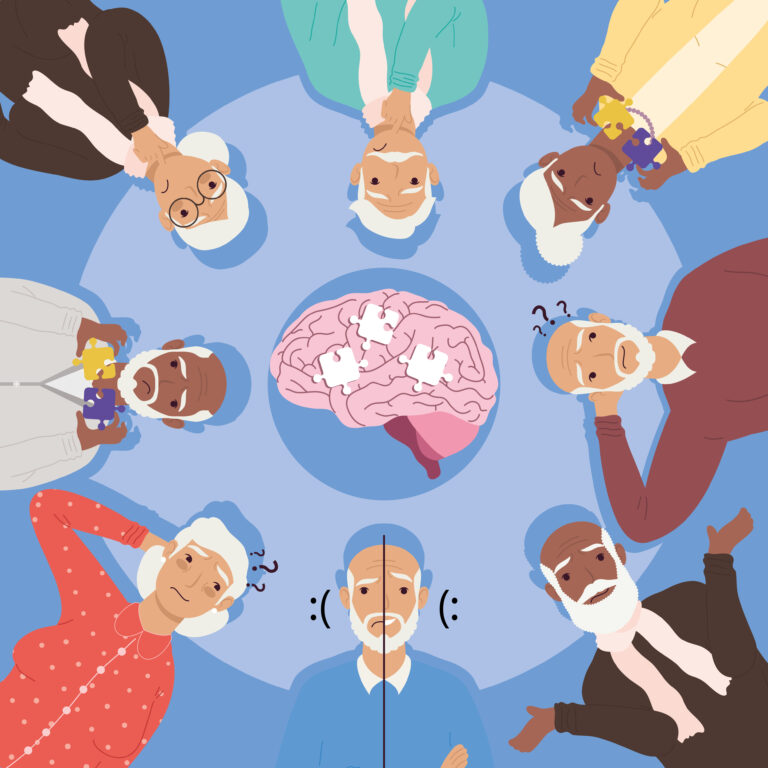**Physical Activity and Cognitive Health: A Key to Fighting Alzheimer’s**
Alzheimer’s disease is a serious condition that affects millions of people worldwide, causing memory loss and cognitive decline. While there is no cure for Alzheimer’s, recent research has shown that physical activity can play a significant role in preventing or slowing down the progression of the disease.
### The Benefits of Physical Activity
Studies have consistently shown that regular physical activity can help protect the brain and reduce the risk of cognitive decline. Here are some key findings:
– **Exercise and Brain Health**: Physical activity, especially aerobic exercise, has been found to reduce disease markers associated with Alzheimer’s. These markers include amyloid plaques, tau tangles, and iron accumulation in the brain, which are central to Alzheimer’s pathology[3][4].
– **Preserving Brain Volume**: Research has shown that people who exercise throughout their lives, particularly before the age of 50, tend to have a larger hippocampus. The hippocampus is a critical area of the brain responsible for memory and learning. This preservation of brain volume can help delay early signs of Alzheimer’s[1][5].
– **Reducing Cognitive Decline**: Physical activity has been linked to better cognitive functioning at an older age, even in those with early markers of Alzheimer’s disease. This is especially true for women, who tend to benefit more from lifelong exercise[1][5].
### How Physical Activity Works
While the exact mechanisms behind physical activity’s neuroprotective effects are still being studied, several theories have emerged:
– **Cardiorespiratory Fitness**: Multicomponent exercise, which includes a variety of physical activities, has been shown to improve cardiorespiratory fitness. This improvement is associated with better cognitive performance and preservation of brain structure[2].
– **Enhanced Brain Cell Health**: Aerobic exercise has been found to enhance brain cell health by increasing the number of protective oligodendrocytes, which produce myelin that insulates nerve cell axons. This can lead to improved communication between brain cells and reduced brain inflammation[3][4].
### Practical Steps
While the research is promising, it’s essential to incorporate physical activity into daily life. Here are some practical steps:
– **Aerobic Exercises**: Activities like walking, jogging, swimming, cycling, and dancing are excellent examples of aerobic exercises that can help improve cardiovascular health and reduce Alzheimer’s markers[3][4].
– **Lifelong Exercise**: The benefits of physical activity are most pronounced when it is maintained throughout life. Even if you start exercising later in life, it can still be beneficial for your brain health[1][5].
### Conclusion
Physical activity is a powerful tool in the fight against Alzheimer’s. By incorporating regular exercise into your daily routine, you can help protect your brain, reduce cognitive decline, and potentially delay the onset of Alzheimer’s symptoms. Whether you’re young or old, staying active is crucial for maintaining cognitive health and building a strong defense against this devastating disorder.
Remember, it’s never too late to start exercising, and every step you take towards a more active lifestyle can make a significant difference in your brain health. So, get moving and keep your mind sharp





